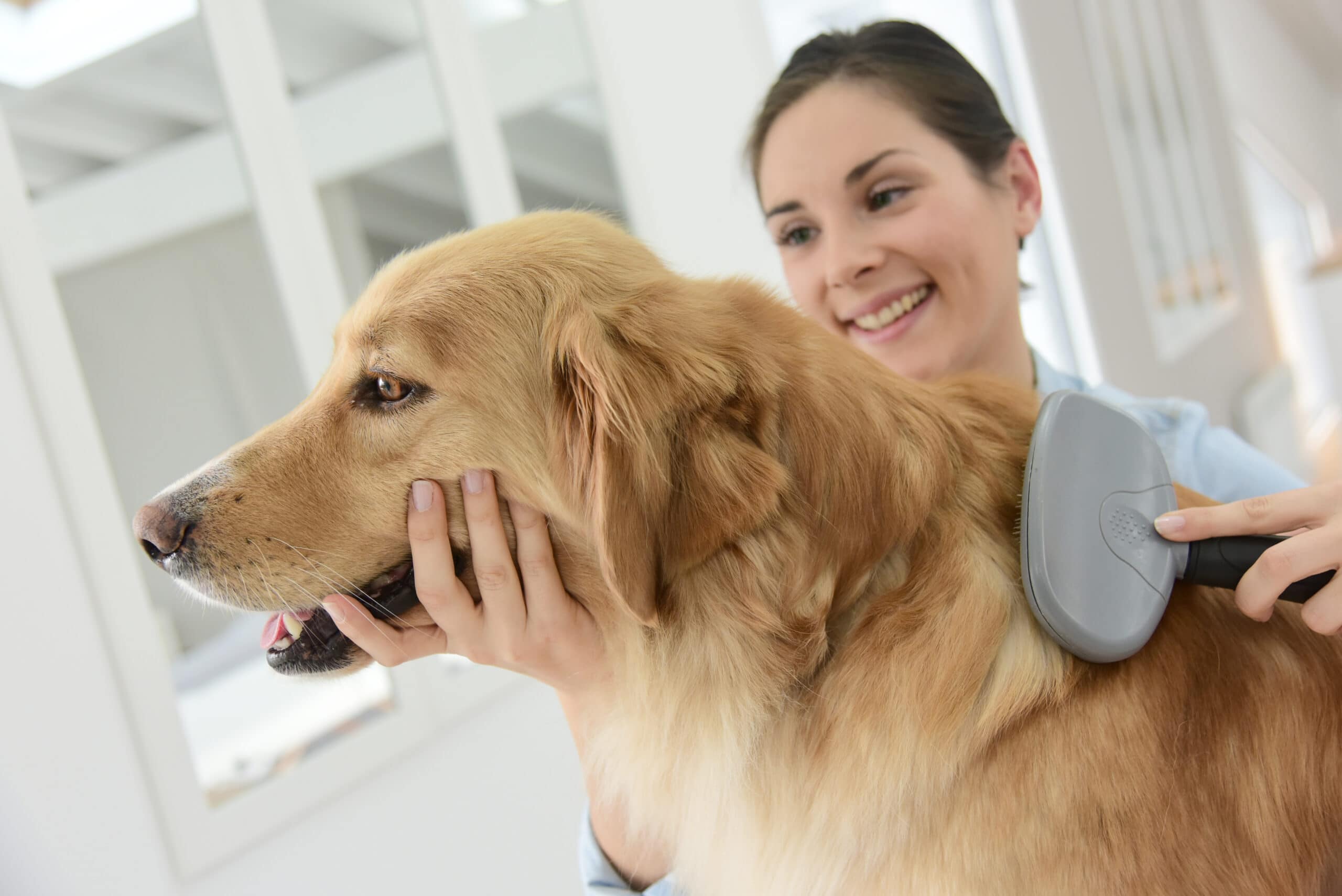Signs a dog is depressed: 5 symptoms and how you can help
You can help your pet get through a low phase with the proper care and treatment. So what are the signs a dog is depressed? Before we look at the symptoms let us see what causes depression in the first place.
Dogs, like people, can experience depression. As intelligent creatures, dogs feel different emotions, including a canine version of depression. However, depression in dogs is not as complicated as the clinical condition in people.
While depression is not commonly diagnosed in dogs, veterinarians and behaviorists encourage owners to be more aware of the warning signals.
Interestingly, depression may be more noticeable during the colder months, although a change in a dog’s environment may trigger it in other circumstances.
Causes of depression in dogs
A wide range of factors can cause depression in dogs. If you can figure out what’s causing your pet’s depression, you’ll be able to recognize the symptoms sooner. This will assist you in determining how to make your pet feel better.
1. Environmental modifications
Events in your pet’s environment, like those in people’s lives, can make him feel unhappy and nervous.
Changes in a dog’s environment or living conditions can cause depression and anxiety. When another animal companion or human member of the household becomes ill or dies, dogs may experience depression and sorrow.
Dogs can go into depression when a family member relocates or changes their schedule. At the end of summer, when your dog is suddenly alone for most of the day after spending the holidays with youngsters, signs of depression prompted by separation anxiety and loneliness can arise.
2. Changes in the weather and seasons
Seasonal variations and extended spells of severe weather can affect pet moods, just as they do in humans.
The moods of dogs who live in hurricane-prone locations, for example, might be affected by changes in atmospheric pressure.
Furthermore, just as the arrival of winter can cause seasonal affective disorder in some people, it can also trigger canine depression.
3. The death of a companion
This is most likely the leading cause of depression in dogs. Canines form strong emotional attachments with their fellow dogs (and, in some cases, other small animals and even treasured toys or blankets) and their owners. Losing a friend or loved one is sad for everyone, and your dog is no exception; they require adequate time to grieve.
Signs a dog is depressed
Depression symptoms in dogs are similar to humans and can include:
1. Changes in appetite
One of the symptoms of depression in dogs is the loss of interest in food; some dogs also lose weight.
Alternatively, some dogs seek comfort in food when depressed and eat more, resulting in weight increase.
2. Sleeps more

Dogs take many naps, as pet parents very well know. However, dogs often take naps when their owners are not present at home. If your dog remains alone for an extended period (for example, while you are working during the day) and he continues to sleep when you return home, barely reacting to your presence, something is likely wrong.
Check for medical abnormalities first, but if you don’t find any health issues and the symptoms persist, your dog may be depressed.
The opposite can also happen: a depressed dog may have difficulty sleeping and can become restless.
Know that something is wrong if your dog suddenly loses interest in playing, going for walks, and other activities that would typically excite her.
Dog depression can cause dogs to become less energetic, slow down, or appear to lose purpose.
3. Licking the paw
Excessive licking or chewing could be the result of physiological or psychological problems. To relieve stress, depressed dogs may frequently lick or gnaw their paws.
4. Avoidance and concealment
A dog hiding away can indicate either sickness or injury (with depression falling under the category of “sickness”).
Dogs who suddenly hide or wish to be left alone do so because something bothers them. If it isn’t physical, it is most certainly emotional.
5. Aggression
Another sign of depression is a well-mannered dog suddenly becoming aggressive and snapping at people or animals coming across their way during a walk.
How can you help your depressed dog?
Because dogs cannot express their emotions verbally, it might be challenging to understand what your dog is going through. When you notice apparent signs of sorrow in your dog, it’s critical that you know what you can do to help.
So how can you help your dog showing signs of depression?
1. Give your dog more attention
One of the most effective strategies to help your unhappy dog is to give them extra attention and spend quality time together. You can involve your dog in some form of physical activity, brush or pet your dog.
It’s crucial to offer this extra attention in moderation since your dog will require time to deal with his feelings.
2. Keep your dog active

Increasing your dog’s activity levels will significantly improve your dog’s mood.
Again, you may need to ease into this, but taking your dog for regular walks will benefit them both physically and mentally.
A dog’s boredom might develop into sadness if they don’t get adequate exercise and can’t use their pent-up energy.
When dogs are active, their brains release dopamine and serotonin, feel-good chemicals that boost their mood.
3. Socialization
Because dogs are social creatures, encouraging them to socialize with other dogs may be what they need when feeling down.
You can help your dog socialize by organizing time with other dog buddies, attending doggy daycare sessions, or possibly enrolling in training programs.
4. Maintain a consistent routine
Maintaining a consistent routine with your dog can help your dog to heal. Whether it’s going for a stroll at the same time every day or getting dinner at the same time, consistency in a routine will help your dog to perk up.
5. Be patient
Sometimes, especially when it comes to losing a partner or master, the only thing that will heal a dog’s heart is time. It may take a few days or a few months, but most dogs will be able to recover from depression with a bit of patience and understanding.
For the time being, try your best to be there for your dog and always encourage pleasant moments, but keep in mind that this will not be an overnight shift.
6. Get some sunshine
It’s easy to forget that dogs are originally wild animals who like nature and being outside. Hence, a lack of outdoor activities can cause your dog to be unhappy.
Take your dog out for walks often or play games of fetch in the yard to ensure more time outdoors. If an outdoor activity seems to cheer your dog up a little, repeat this several times throughout the day, and you will notice long-term progress.
When should you seek help for your dog’s depression?
If your dog’s mood or behavior has changed suddenly and you can’t figure out the cause, consult your dog’s vet to rule out any medical issue.
In some cases, a medical condition can trigger anxiety and depression in dogs.
Once the vet verifies that your dog has no medical issues, see an accredited expert behaviorist who can examine any behavioral changes or difficulties and assist you in improving your dog’s mood and life.






